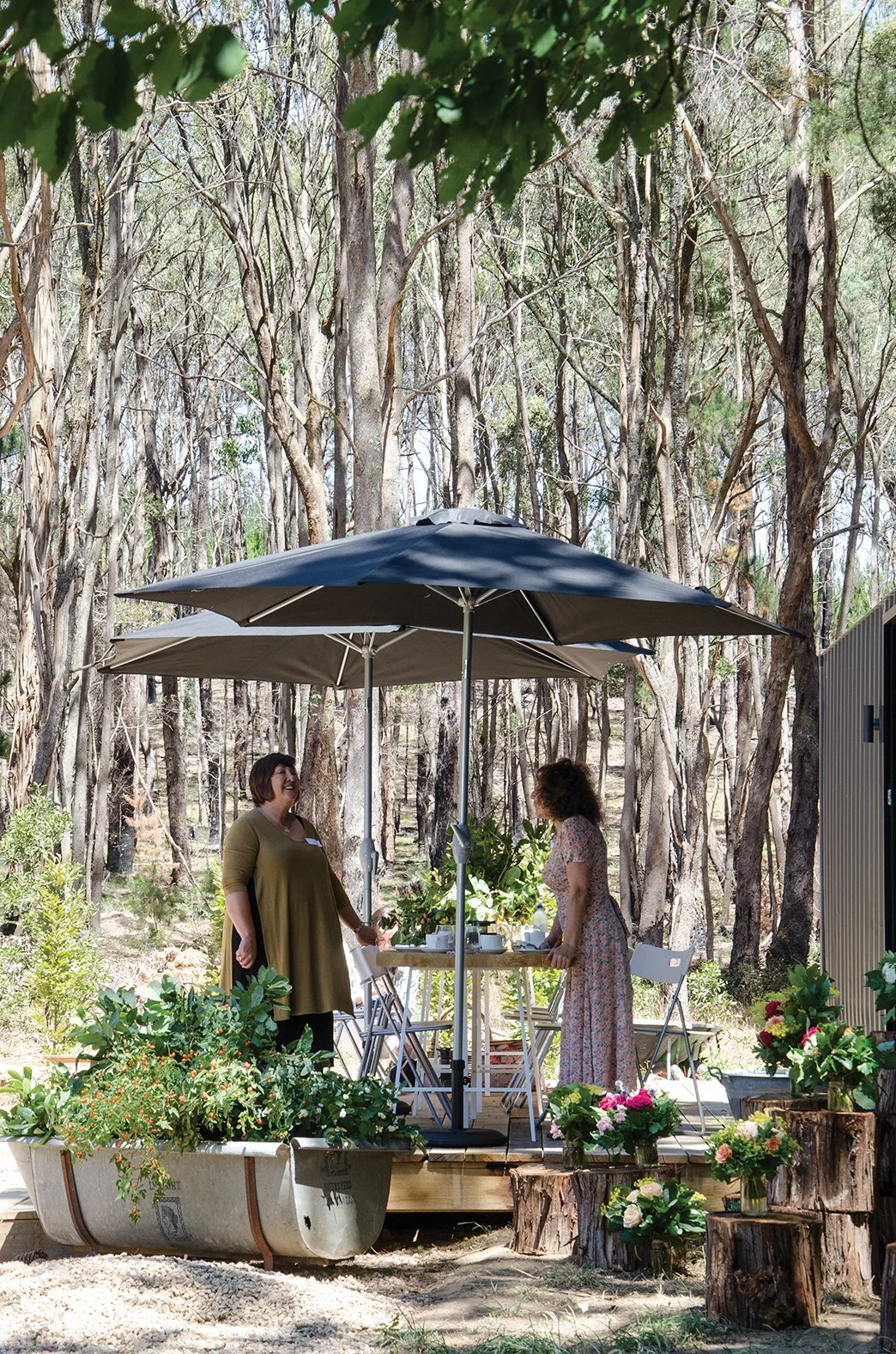Green manure is one of the quiet achievers in my garden — and one of the most effective tools in my artillery. I’ve returned to it time and again to restore structure in compacted beds, improve soil biology, and give tired ground a season to rest and recharge.
Sometimes called cover crops, living mulch, or catch crops, green manure refers to fast-growing plants sown not for harvest, but purely for the benefit of the soil. Once they’re established, you cut them down before flowering and either dig them in or let them break down naturally on the surface.
It’s a beautifully simple process — and one that has the potential to completely transform the productivity and resilience of your garden.
What Does Green Manure Actually Do?
Green manure works on many levels at once. It:
Improves soil structure by breaking up compacted or heavy soils
Feeds the soil by adding organic matter as it breaks down
Fixes nitrogen through legumes like vetch, field peas and clover
Suppresses weeds with dense ground cover
Protects against erosion by shielding bare soil
Holds moisture and supports soil microbes
Some crops, like mustard and marigold, even act as biofumigants — naturally suppressing nematodes and soil-borne diseases. It’s a gentle but powerful way to build healthier soil from the top down.
What to Grow (and When)
The best green manure crops for your garden will depend on your climate and the time of year. Here’s a quick guide I use in my own garden in cool-temperate Victoria:
Cool-season crops (autumn–early spring):
Field peas (Pisum sativum subsp. arvense) - also known as dun peas or forage peas
Broad beans (Vicia faba) - also known as fava beans or tick beans
Woolly pod vetch (Vicia villosa) - sometimes called hairy vetch or winter vetch
Mustard (Brassica juncea, Sinapis alba) - often sold as white or brown mustard, and used as a biofumigant
Grazing rye (Secale cereale) - also known as cereal rye or winter rye — not to be confused with ryegrass
Oats (Avena sativa) - sometimes referred to as forage oats or cover crop oats
Warm-season crops (spring–summer):
Buckwheat (Fagopyrum esculentum) - also known as Japanese buckwheat or summer cover crop
Cowpea (Vigna unguiculata) - sometimes called black-eyed pea or forage cowpea
Soybean (Glycine max) - also referred to as soya or summer legume green manure
Millet (Panicum miliaceum, Setaria italica) - includes Japanese millet, French white millet, and foxtail millet
Lablab (Lablab purpureus) - also called hyacinth bean or dolichos lablab
Marigold (Tagetes spp.) - including French marigold and African marigold; used as a natural pest deterrent
You can grow them as single species or in combination. I often mix oats for structure, legumes for nitrogen, and mustard to help manage pests — that balance seems to support the soil from all angles.
How to Grow Green Manure
It’s easy to incorporate green manure into your rotation — whether you’re preparing a new garden bed or resting an existing one.
Clear any weeds or spent crops
Broadcast your seeds thickly and evenly
Lightly rake or cover with a layer of compost
Water well and keep moist during germination
Cut back just before flowering (6–10 weeks, depending on crop)
At this point, you can either dig the plants into the soil or, as I do, cut them down and let them become a green mulch. Over time, the roots decompose in place, creating beautiful pathways for air, water and life below the surface.
Dig or No-Dig?
The traditional method is to slash the crop and dig it in. This speeds up decomposition and releases nutrients for the next planting.
In my garden, I do things a little differently. After a slow and thoughtful shift to no-dig practices, I now cut green manure crops at the base and leave the roots to decompose in place. The tops are laid as mulch, often with compost on top, and the bed is left to rest until the next planting. It’s a slower process, but I’ve found it strengthens the soil in the long term — especially in areas with compacted clay.
Things to Keep in Mind
Cut before flowering: If you leave them too long, they’ll go to seed and could become weedy.
Allow time: Depending on your method, it can take a few weeks before the bed is ready to plant again.
Monitor slugs: The lush growth can shelter them, especially in cooler months.
Choose manageable crops: Some, like rye, can be tough to slash and slow to break down.
Green manure might not be the most glamorous feature of a garden, but it quietly supports everything else. It’s a gentle investment in the long-term health of your soil — something I’ve come to deeply value in my own journey as both a grower and a designer.
Used thoughtfully, it can be one of the most regenerative things we do in the garden. One season’s cover crop can lay the foundation for years of thriving productivity.
Keen to learn more?
I’d love for you to join me at The Productive Garden Workshop, where I’ll walk you through the principles of productive garden design—green manure included! Together, we’ll explore how to nurture your soil, boost your garden’s resilience, and create something truly abundant. I can’t wait to share these practices with you and help you build a garden that thrives season after season.
If you’d like to experience life here and this incredible space first-hand, I’d love to welcome you to one of my upcoming workshops. Come and walk the garden, learn something new, and connect with others creating lives rich in beauty, practicality and purpose.
Explore my workshops:
~ The Productive Garden with Natasha Morgan – Learn how to grow abundantly, no matter your space.
~ Garden Design with Natasha Morgan – Craft a garden that balances structure, beauty, and functionality.
~ The Wicking Bed Garden with Natasha Morgan – Build a self-watering, water-wise garden for effortless growing.
~ Preserving The Seasons with Natasha Morgan – Capture seasonal flavours with time-honoured preserving techniques.
~ Introduction to Backyard Chicken Keeping with Saffron and Natasha – Learn how to raise happy, healthy chickens at home.
You may want to check out my related content below:
Soil Testing: Know Your Soil – Understand the importance of soil testing and how it can improve your garden’s productivity in my latest blog post.
Watering Deeply: The Key to Thriving, Resilient Plants – Watch my Instagram post for tips on how deep watering can help your plants thrive and become more resilient.
Explore both for a deeper understanding of garden care!
Thanks so much for reading and for sharing this garden journey with me.
Natasha xx
For glimpses into workshops, daily life, and my thoughts from Little Cottage on a Hill, you can find me on Instagram, Facebook, LinkedIn, and YouTube. And if you’d like a more personal update, subscribe to my Newsletter for a monthly note on what’s growing, what’s inspiring me, and what’s next.
Click the links below to stay connected—I’d love to have you along for the journey.





















































































































































